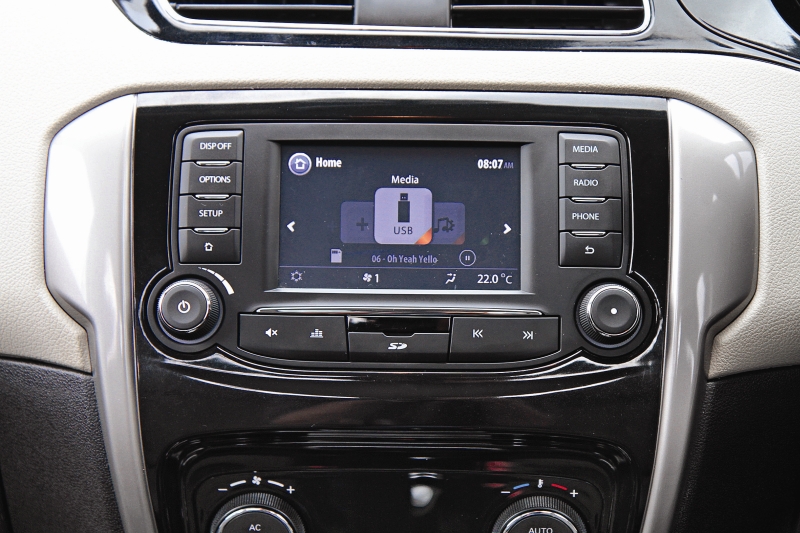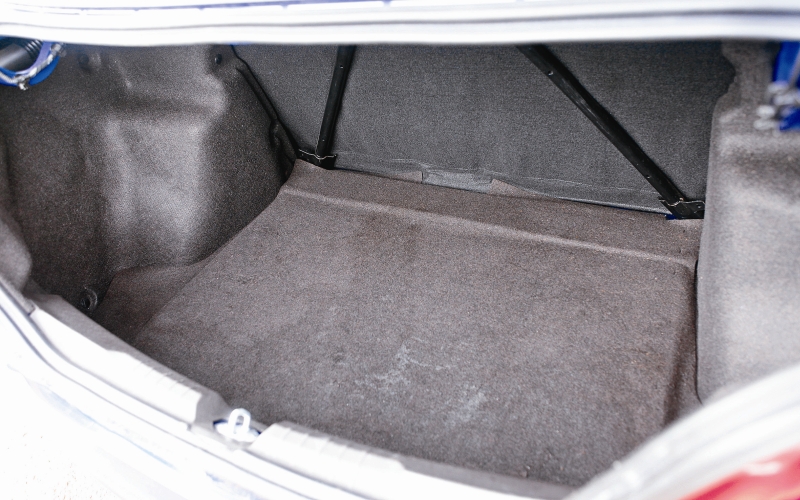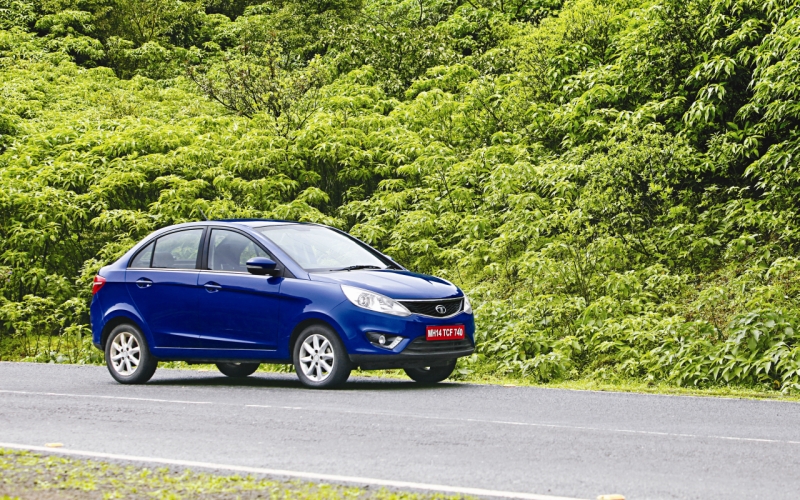Tata’s new compact sedan is packed to the gills, but how does the new fish in the sea really stack up? We dig a little deeper to find that out.
Story: Jim Gorde
Photography: Sanjay Raikar
When was the last time you did something for the first time? I bet automobile manufacturers are asking themselves that very question in today’s competitive market. Never before has every segment seen such action and new players and game-changers coming in. And it wasn’t even at the best time. Or was it?
There was a major slump in automobile sales and it took some really special offerings to maintain momentum, if any considerable numbers at all. Even price cuts couldn’t entice buyers to part with their hard-earned money. What was the solution then? Offer something that has never been offered before? Of course.
Tata wanted to do just that. No, we’re not talking about new Range Rovers and Discovery Sports, or even new Jaguars for that matter. Tata realised small is big, and they decided to make the most of their small-car knowledge and bring in something new to the market. Something different, something not bland and regular; something with a little zest. That’s that they called it too: the Tata Zest. A compact sedan on the outside, and a tech-laden big car inside. That was the aim, of course. Have they delivered? Let’s find out.
The Nexon concept, showcased by Tata earlier, was the base for this project and, truth be told, they’ve created a car which holds true to most of its concept lines and even delivers the goods on the electronics front. The new Zest brings in a host of firsts for the company in every single department, be it design, comfort, style, equipment or safety. They’ve done their best to put together all of it in one compact, sub-four-metre package, and then given it a good choice of hearts too. Let’s begin then, shall we?
One of the Zest’s most prominent features is definitely the LED daytime running lights. They stay on when the headlamps are turned off in true European DRL style, although here in India, it’s more of a style statement than anything else, unless you choose to go for a drive in the hills on a cold morning. It’s got fog-lamps too. The grille is a new design which incorporates what the company calls the ‘humanity line’ and looks refreshing while retaining the family resemblance with a more contemporary take. The projector headlamps are a major addition to the spec-sheet in terms of both safety and styling. At the rear, the LED tail-lamps not just look distinct, but also give the car a unique signature after dark. The chrome strip along the window-line and the boot are a nice touch.

The Zest is quite tall and that means it has a lot of room inside. Climb in and the dual-tone interior lends the cabin an airy feel. The quality of materials is far superior to what we’ve been used to seeing thus far in cars like the Indigo CS or even the Vista. The steering wheel is smaller, but still quite large. The seats are comfortable and offer good support up front. The rear seats are quite soft, though the side support could have been better. However, there’s no shortage of space. Head- and leg-room is good and everyone can breathe easy.
The boot, at close to 400 litres, is also quite large, good enough to pack a family’s luggage for a weekend out of town. There are also a number of places you can store other things about the car with cup-holders as well as a big tray under the front passenger seat. The door pockets, though, are only useful for slender items and a bottle-holder is sorely missing. The features under the ‘Connectnext’ banner from Harman take things up several notches. The touchscreen text is easy to read and controlling various functions is a cinch, even more so with the voice control. After testing it extensively, though, Tata are happy with the response. We found it quite usable too, however long strings of words can be a bit of a challenge, especially with the song titles I had with me.

More on page 2 >





















Leave a Reply